Here Comes the Sun!
About the Activity
In this activity, you’ll learn how to use the sun to create light, heat, and power.
You’ll even build your own model to collect solar energy!
Materials
Index cards
Scissors
Tape
Black construction paper
Activity Steps
By the end of this activity, you’ll be able to:
- Define solar energy
- Describe how photovoltaic solar energy works
- Create your own model for solar energy use
- Identify solar energy sources in your local community
Learn about nonrenewable and renewable energy sources
From heating and cooling our homes to playing video games, energy is everywhere in our daily lives. But did you know that a lot of energy comes from nonrenewable sources?
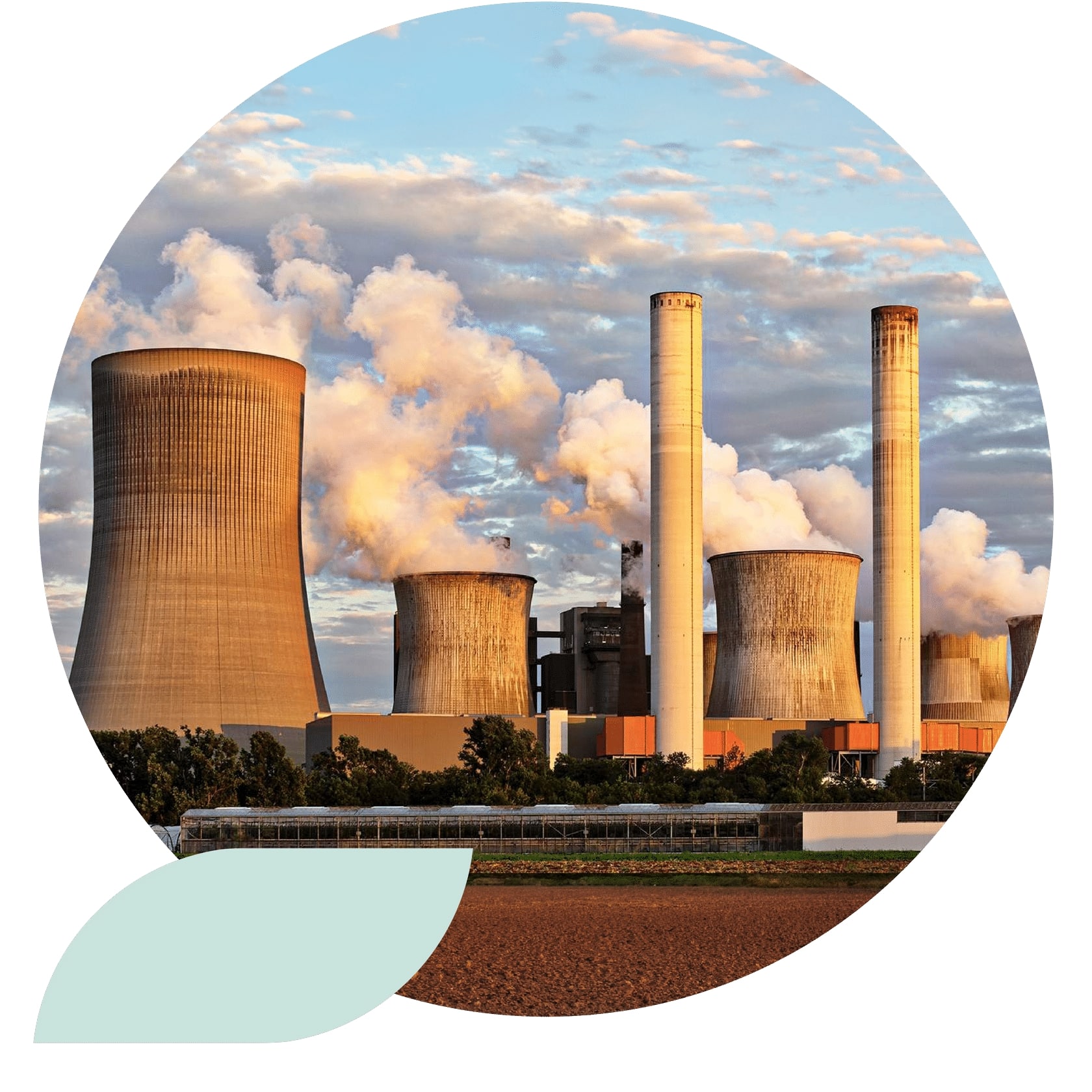
Nonrenewable means it can’t be replaced. Natural gas, coal, and nuclear energy aren’t renewable. If we use it all, it will be gone forever. But we’ll need energy for years to come.
 Did you know?
Did you know?The sun shines every day, so solar energy is available all the time! We do have to store it for cloudy days, but there is plenty of sunshine to go around.
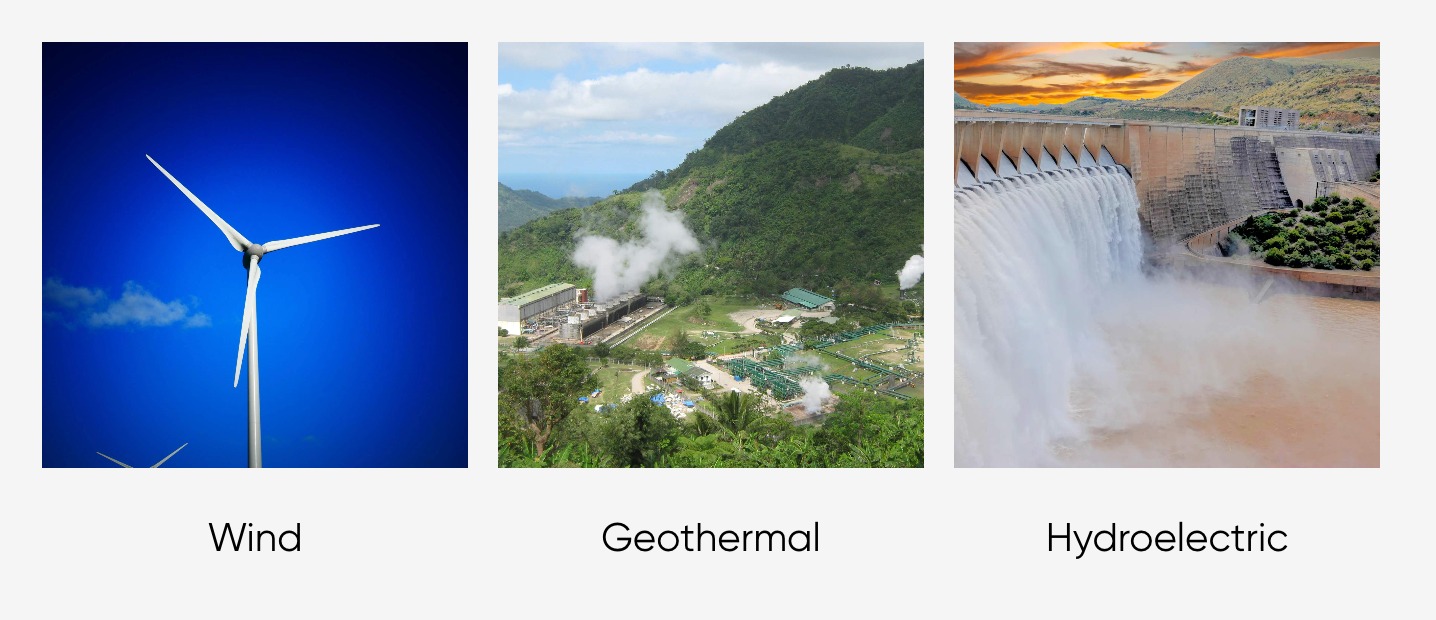
This is an important problem we’ll have to solve by finding renewable energy resources, which are resources that don’t run out when we use them. Today, you’ll learn about solar energy!
 Did you know?
Did you know?Solar energy doesn’t produce chemicals that are bad for humans or bad for the environment!
Discover how photovoltaic solar energy works
Let’s talk about how photovoltaic solar energy works! We’ll call it PV throughout the rest of the lesson.
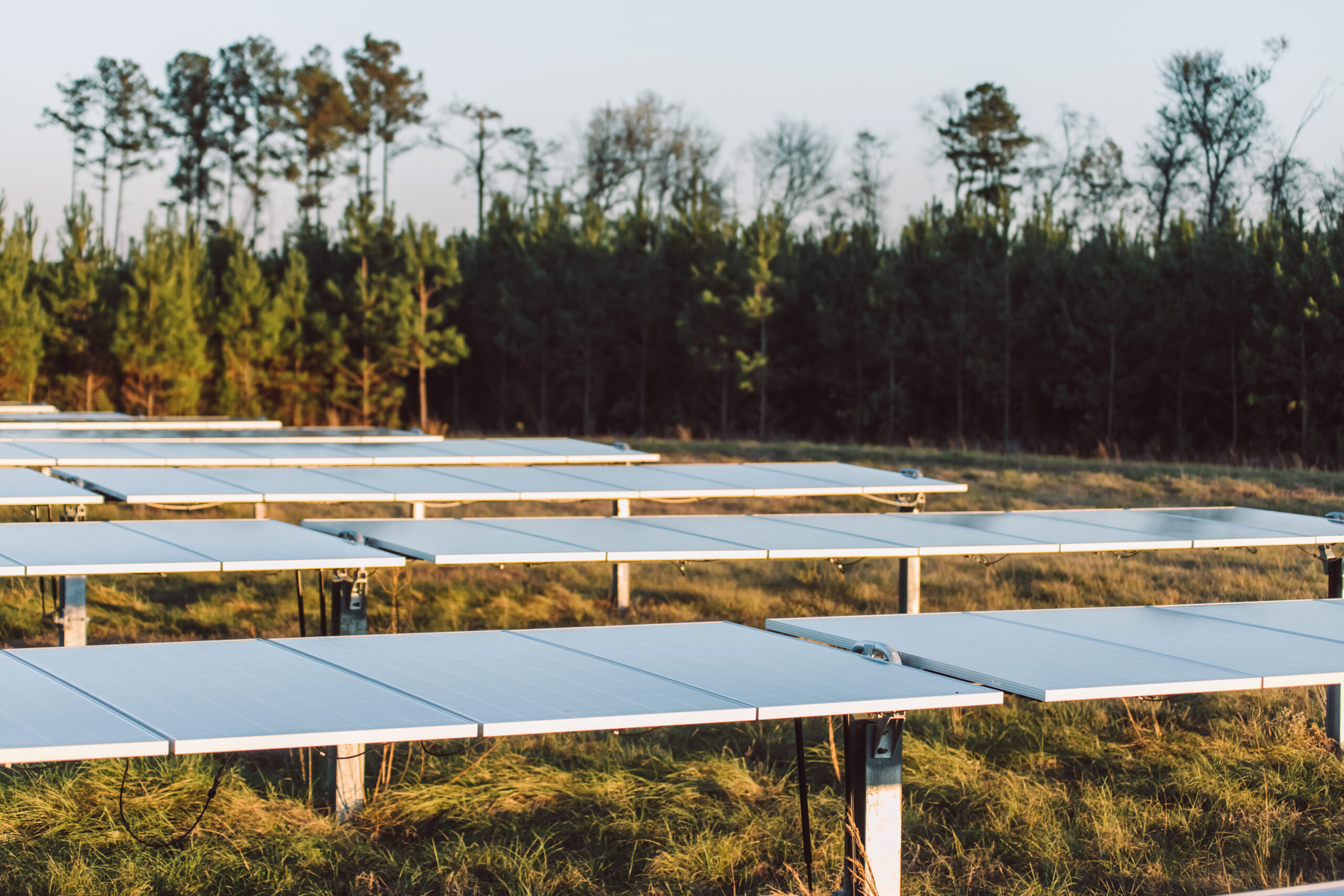
Have you ever seen a large field of solar panels laid out in rows or squares to catch the sun? Maybe there are solar panels on the roof of some houses or buildings in your neighborhood. These panels are used to produce photovoltaic solar energy (PV).
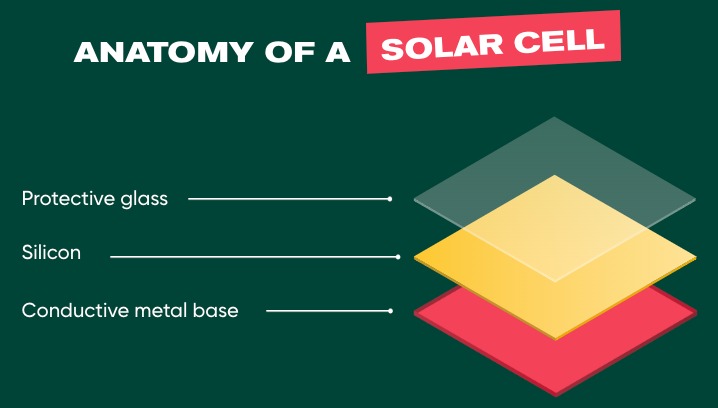
A solar cell is an electronic device that converts the energy of light into electricity. It has a few parts that help it work.
- A metal base helps the generated electricity flow back to the PV system.
- Solar cells contain silicon. Silicon is a semiconductor. It helps the electricity flow, but not as strongly as metal does.
- The protective glass protects the silicon and conductive metal from damage.
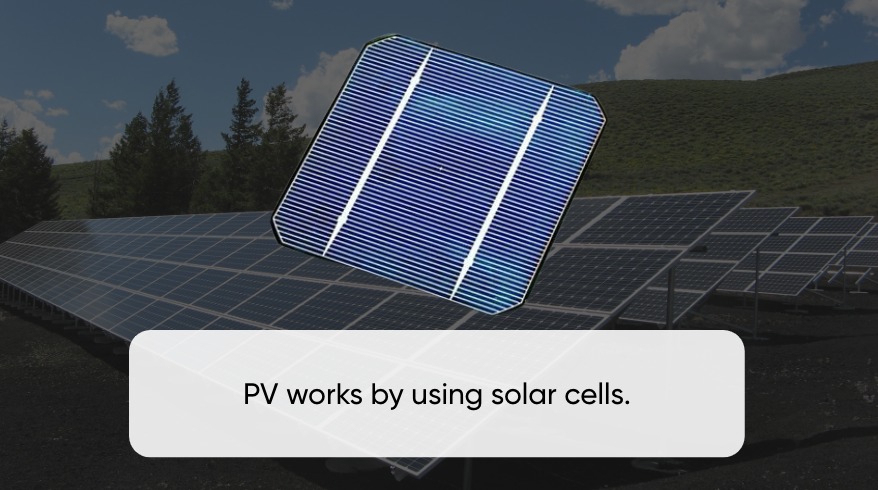
There are important words for describing what happens in creating solar power! Do you know these terms?
- Photon – the energy that comes to Earth from the sun.
- Semiconductors – anything that helps conduct electricity.
- Silicon – a metal-like element used to help conduct electricity in solar cells
 Did you know?
Did you know?Solar energy is the most abundant type of energy because it is available every day, and almost everywhere in the world. The trick is learning how to harness this energy.
Now that you’ve learned how PV works, it is time to create your own model! Solar energy comes to the earth in particles of energy called photons. When the photons reach a solar cell, the semiconductor absorbs the energy, creating an electric charge, causing electricity to flow through the conductive metal base and into a PV system, creating electricity for houses and businesses.
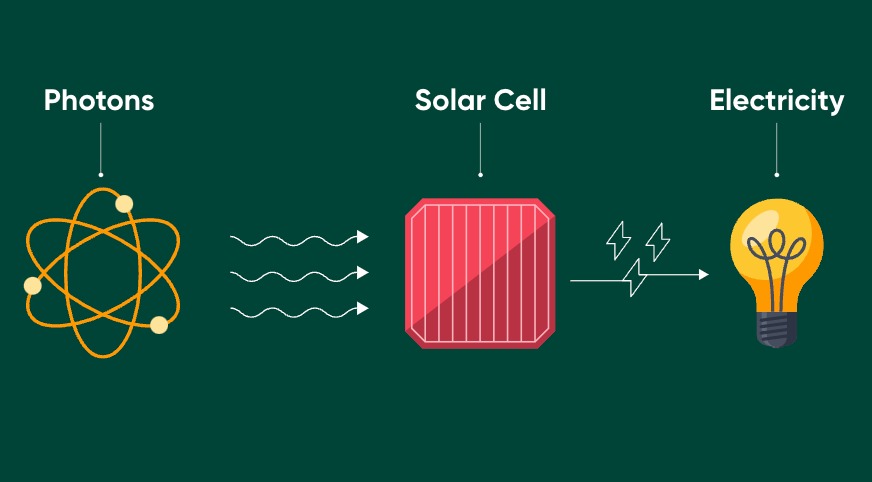
Create a Photovoltaic Solar Energy (PV) Model
The city you live in has decided to use your city park to produce PV energy, and they have hired you to design the PV field in an area of the park that isn’t used very often.
There are a few things you should know before you start designing your PV field.
- Solar panels are most effective when they face south.
- Solar panels should be connected in lines so that the energy gathered can be collected together.
- Solar panels work best when they are tipped at an angle to absorb the sun better.
Using the index cards and tape, create a model of a PV field.
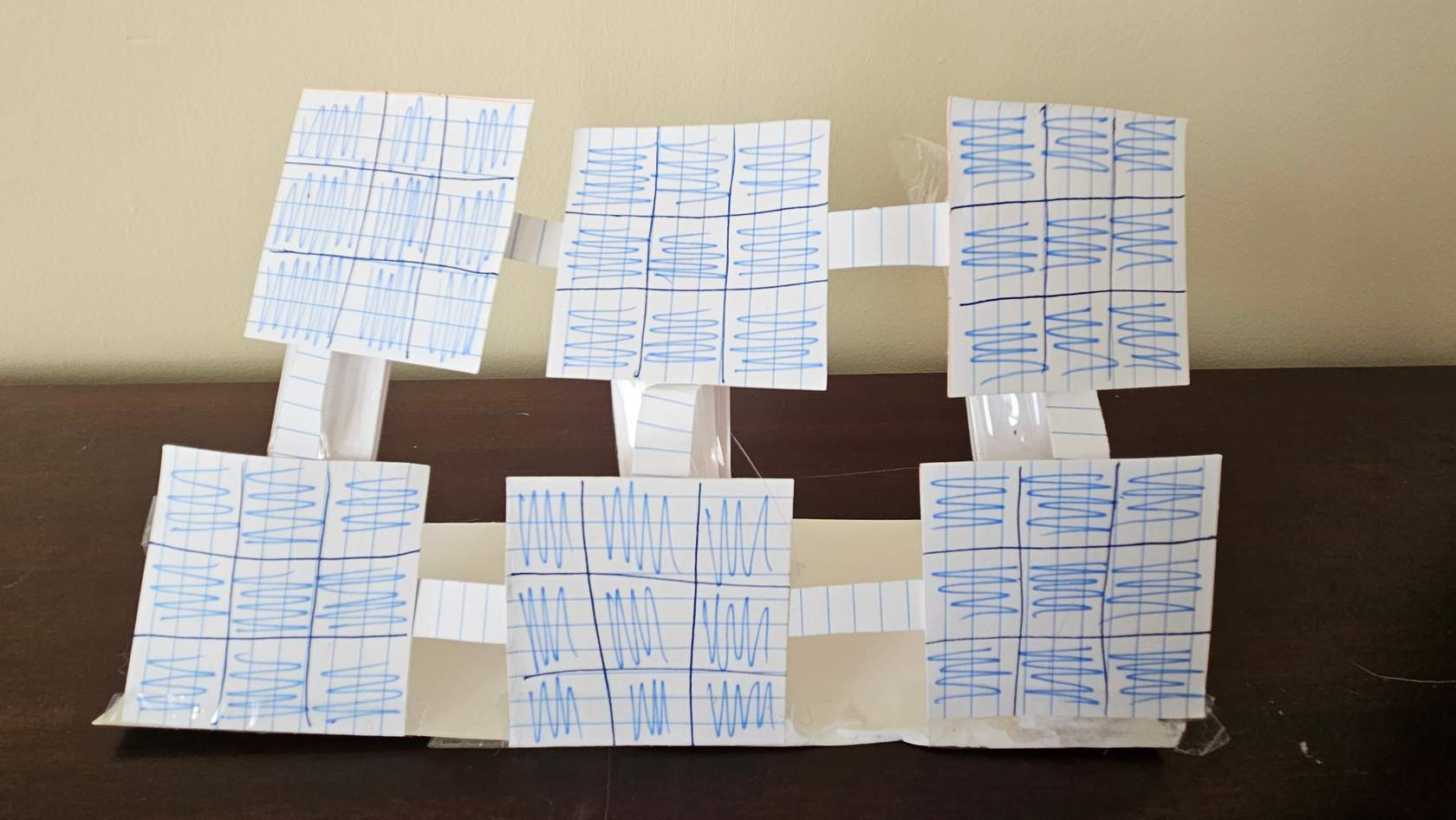
 Did you know?
Did you know?Solar energy has been used for thousands of years. Glass lenses were used to magnify the sun’s rays to start fires in 700 BC. Many civilizations have used south-facing windows to heat houses long before we learned how to harness electricity.
Not sure where to start? Check out the pictures below of different PV fields and see if that inspires you! There is no right or wrong way to design your PV field.
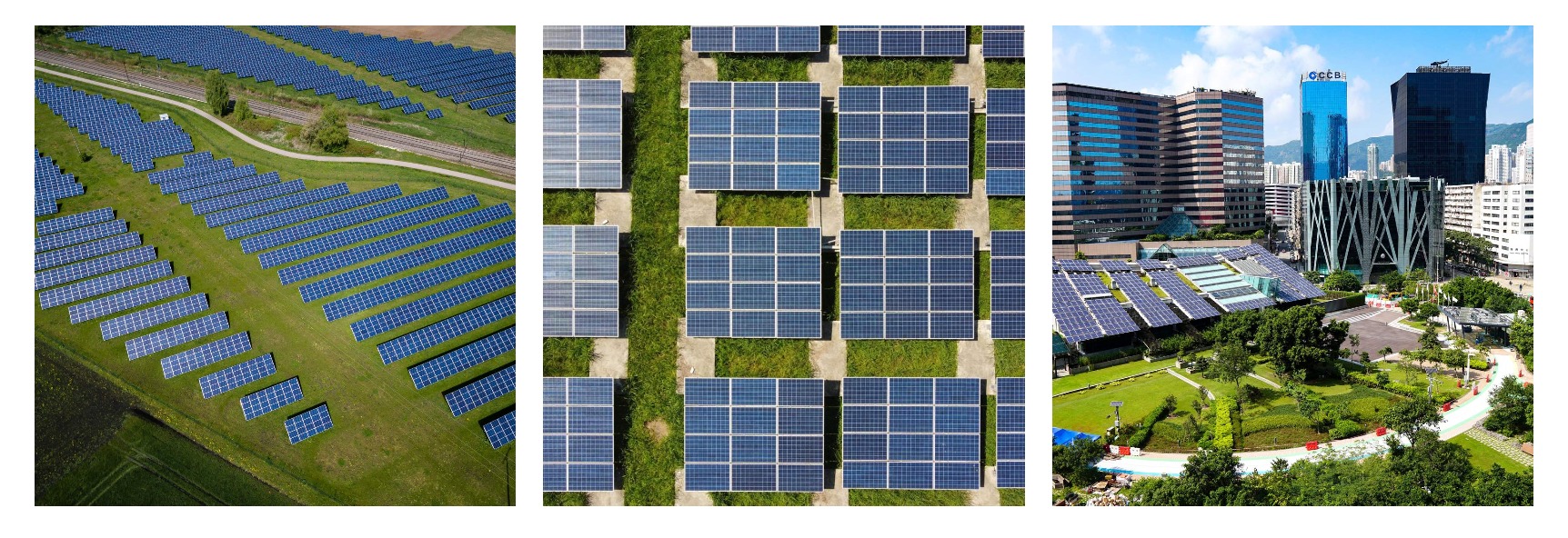
Learn about other types of solar energy
Like PV, solar thermal energy (STE) collects the sun’s energy for human use. Unlike PV, which converts the sun’s energy to electricity, STE stores heat energy from the sun for future use. It is often used to heat water. A solar water heater uses a collector and a water storage tank. The heat from the sun is used to warm up water, which is then used in a home or business. For a few years, the White House used a system like this for hot water! Below is pictured the solar panels on the White House when Jimmy Carter was president.
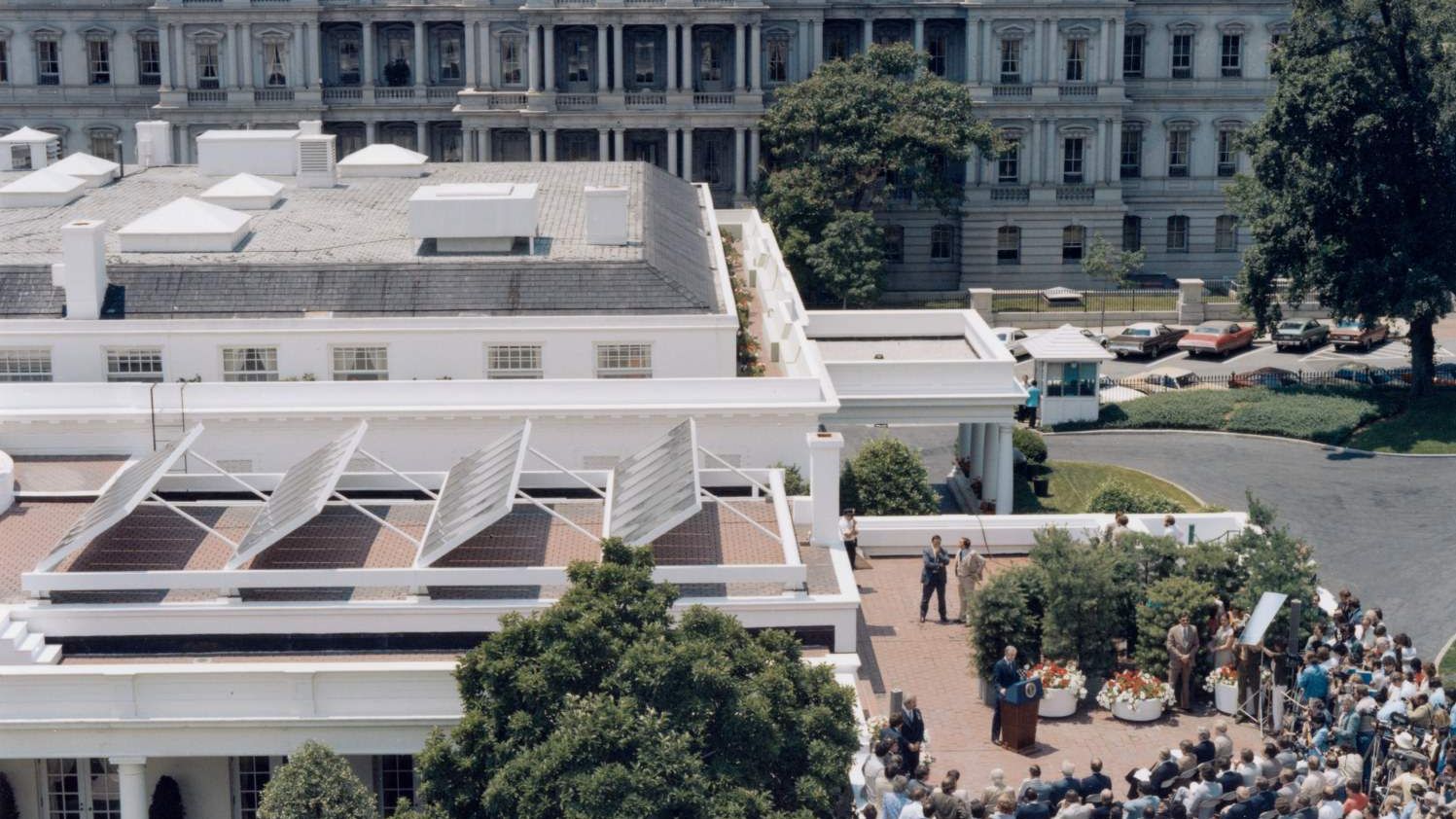
 Did you know?
Did you know?Satellites, spacecraft that orbit Earth, often use solar power. These spacecraft have solar panels to convert the sun’s energy into electricity, which charges batteries to power things in the satellite.
Concentrated Solar Power (CSP) generates energy by using mirrors to reflect sunlight from the Earth. It is often used to create steam to power a generator and create electricity. It looks similar to PV, but the curved mirrors don’t absorb sunlight to directly create electricity.
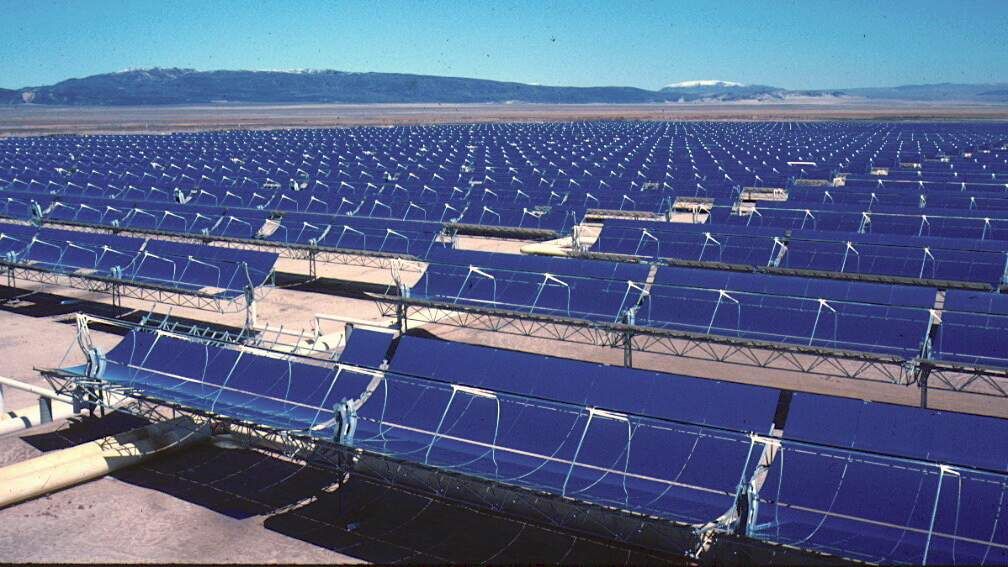
Passive solar energy uses glass, stone, and air to distribute heat through homes. Passive solar energy systems capture sunlight using building materials to release heat during periods when the sun is absent. When the winter sun goes through the glass on the south side of a house designed for passive solar energy use, the house can capture and concentrate heat. The heat is held by brick or stone the house is built of. The heat from the stone is then distributed throughout the house. In the summer when heat is not needed, an overhang blocks the sun from entering the glass.
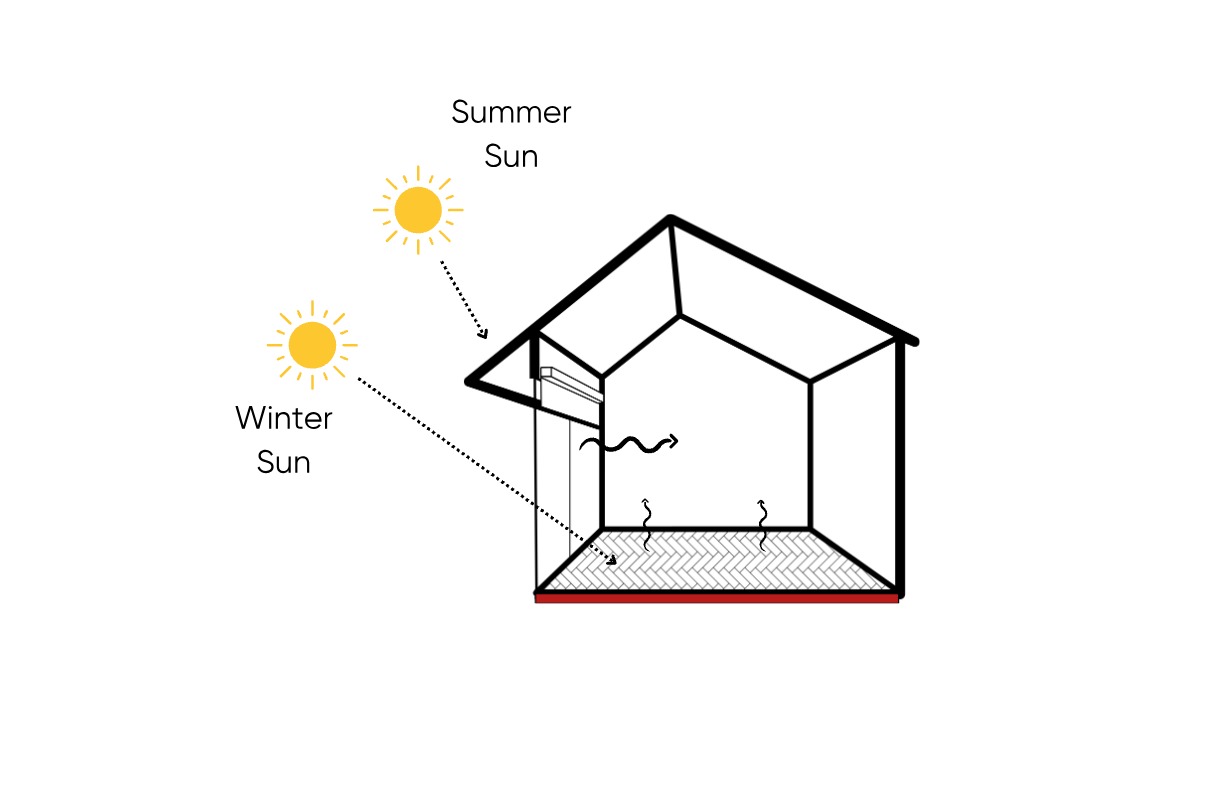
Redesign your solar energy model
Look back at your solar energy design. Ask yourself the following questions to see if you can improve your design!
- Would a real version of your model hold up to wind, rain, and snow?
- Are there changes you could make to help it last longer?
- What changes could you make to help it collect and store even more solar energy?

Recreate your PV field in a spot outside that gets a lot of sun. Instead of using index cards, use black construction paper to model the panels. Leave the panels outside in the sun for a few hours and see what you notice when you return!
Test Your Knowledge
Reflection Questions
Are there certain climates in which solar energy might work better than other types of renewable energy?
How would you decide where to use solar energy?
Investigate and Explore
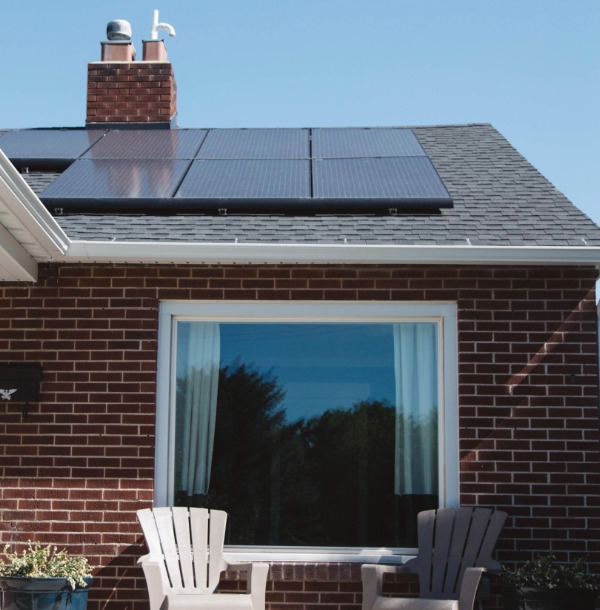
Go on a solar scavenger hunt. Take a walk around your community or research your community online. Can you find examples of solar energy?
Were you intrigued by the use of solar energy? You can make a solar oven to cook s’mores by using items you already have at home! Do an internet search for “NASA DIY solar oven smores” and try it out!
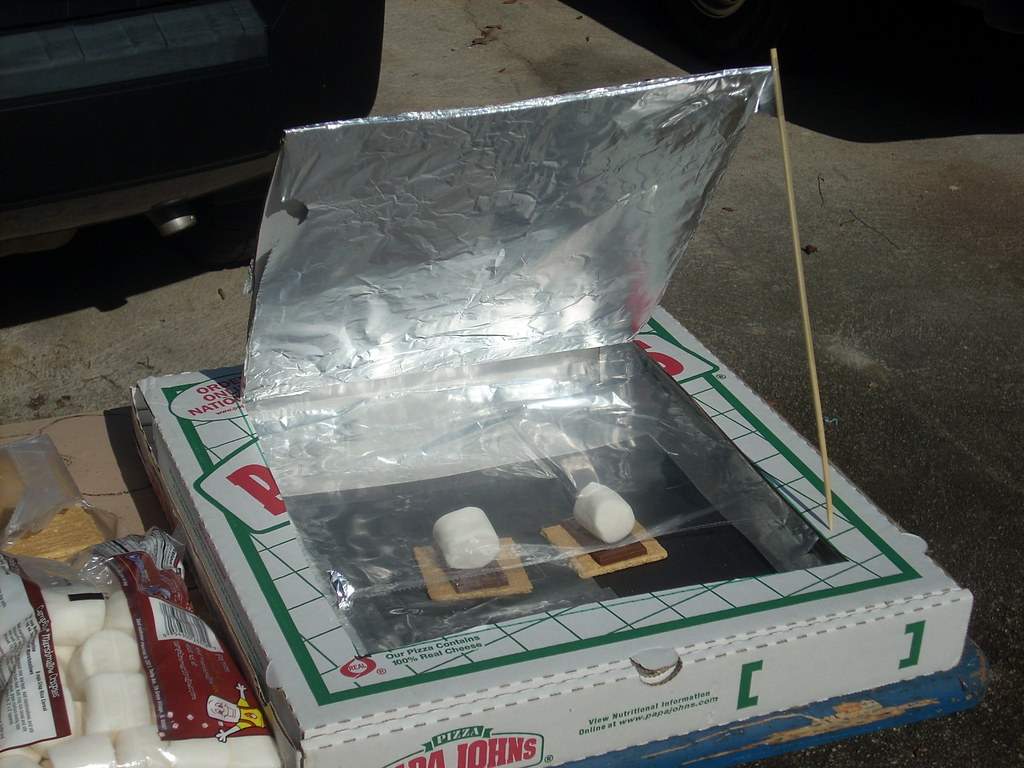
Career Connections
Read on to learn the story of Paulo Marchezi, a materials scientist who is working hard to make the world a better place through the power of the sun!
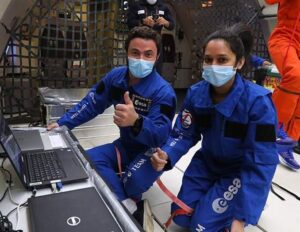
When Paulo was a kid, he was very curious, and he loved to get outside and explore the world around him. He was fascinated by the sun and how it gave light and warmth to everything on Earth.
Once he learned that the sun’s energy could be harnessed and turned into electricity, he was amazed! He wanted to learn more. As he grew up, he decided to study solar energy in college so he could help find new ways to use the sun. He learned about how solar panels work, how to make them more efficient, and how to store the energy they produce. He also learned about the many benefits of using solar power, like reducing pollution and saving money on electricity bills. Now, Paulo works as a solar energy researcher and is always looking for new ways to improve solar technology.
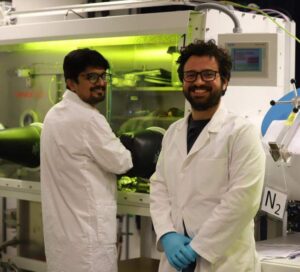
He knows that solar power is an important part of our future and that it can help make the world a better place for everyone. And who knows? Maybe one day, Paulo’s research will help make solar power even more affordable and accessible for people all over the world!





